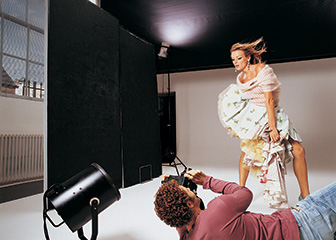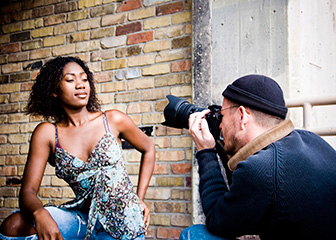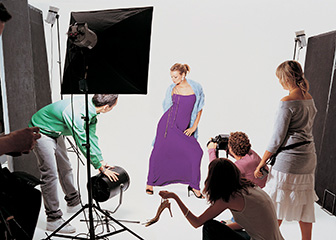Summary

| Quick Facts: Models | |
|---|---|
|
$32,920 per year
$15.83 per hour |
|
| Less than high school | |
| None | |
| None | |
| 1,400 | |
| 14% (About as fast as average) | |
| 200 | |
What Models Do
Models pose for artists, photographers, or customers to help advertise a variety of products, including clothing, cosmetics, food, and appliances.
Work Environment
Models work in a variety of conditions, from comfortable studios and runway fashion shows to outdoors in all weather conditions. Many models work part time and schedules can be unpredictable. Most models have periods of unemployment.
How to Become a Model
No formal education is required and training is limited. Specific requirements depend on the client, but most models must be within certain ranges for height, weight, and clothing size to meet the needs of fashion designers, photographers, and advertisers.
Pay
The median hourly wage of models was $15.83 in May 2010.
Job Outlook
Employment of models is expected to grow by 14 percent from 2010 to 2020, as fast as the average for all occupations. This occupation attracts many applicants, and competition for jobs will be strong.
Similar Occupations
Compare the job duties, education, job growth, and pay of models with similar occupations.
O*NET
O*NET provides comprehensive information on key characteristics of workers and occupations.
Contacts for More Information
Learn more about models by contacting these additional resources.








